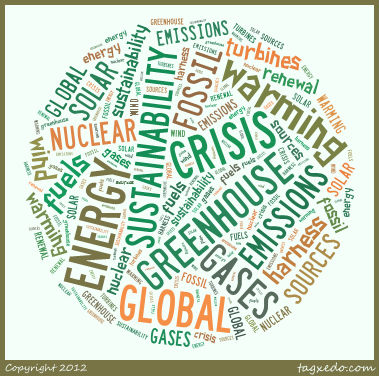Purposeful reading
Reading with purpose requires you to SAP:
Set a clear reading purpose. Adjust the reading rate to the purpose, text type and level of difficulty. Place a time restriction on the reading session. |
It is important to establish why you are reading what you are reading. At university, you might be reading specifically
- to recall information and answer questions in examinations;
- to gather information for a writing assignment (such as a critical review or an argumentative essay);
- for practical applications (such as laboratory or technical reports);
- to evaluate or analyse a topic or situation;
- to determine cause and effect;
- to compare and contrast ideas.
What does reading with a purpose help you do?
Whatever your purpose for reading is, if you know what you are looking for, you can narrow the choice of books or articles from a reading list, select the most relevant chapter(s) or section(s), and use appropriate reading strategies. Having a clear purpose will also help you to be better prepared for the reading process; it activates any previous knowledge you might have on the topic, including relevant vocabulary and other meaningful contexts or associations.

For example, if you are researching and preparing to read a book or article about alternative energy, you may activate some related vocabulary and concepts, like the 'map' on the left. (Your 'map' does not have to be this elaborate, of course.) You can also expect the writer to use some language of cause and effect (verbs like is attributed to, result in, is caused by; nouns like consequences, reasons, impact, factors, and effects; and logical organisers like due to and as a result of).
The purpose also prepares you to read a range of text types with distinctive language features and organisational patterns - argument, description, comparison and contrast, cause and effect, or process. For example, if your purpose for reading a text is to explore a controversial issue, you can expect language features and essay structures that are typical of argumentative writing, such as the establishment of a claim (point of view or thesis), counter-arguments and support (evidence), and reasoning (logical persuasion or the language of argument).





